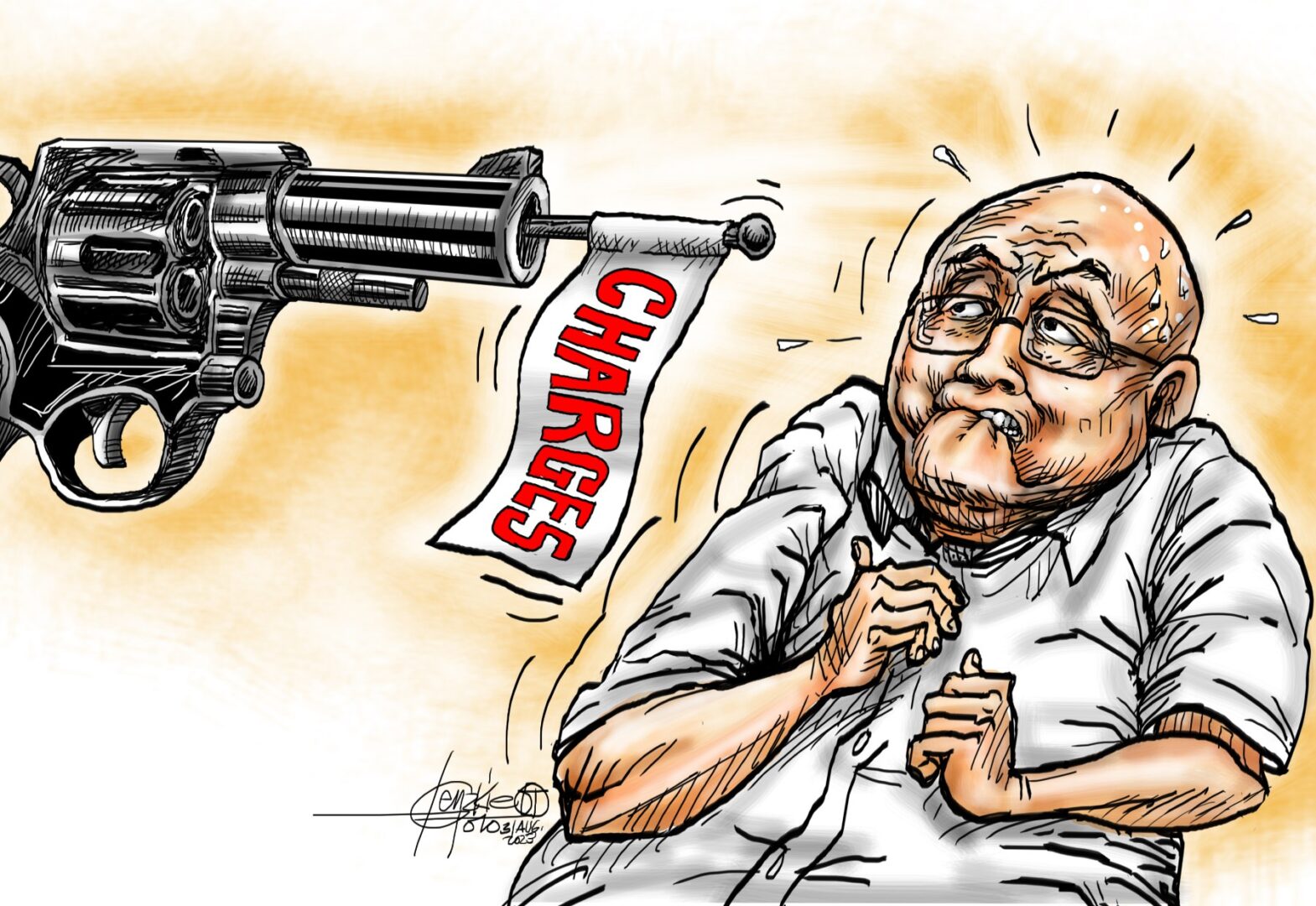The incident involving a road rage driver who pulled a gun on a cyclist has ignited a debate about the escalation of tensions on our roadways and the need for accountability.
Road rage, characterized by aggressive and dangerous behavior exhibited by drivers, poses a serious threat to public safety. The incident in question highlights the pressing need to examine whether the driver should face legal charges for such action.
The incident, where a driver brandished a gun at a cyclist during a road rage encounter, brings to light the alarming consequences of unchecked anger and aggression on the road. Such incidents not only endanger the lives of those directly involved but also put the safety of other road users at risk. The use of a firearm to threaten another individual elevates the severity of the situation, underscoring the importance of addressing the incident through a legal lens.
The primary concern when evaluating whether the driver should face charges is public safety. Road rage incidents, especially those involving weapons, can quickly escalate into tragedy. The driver’s actions endangered the cyclist’s life and could have resulted in further harm. The potential for harm to innocent bystanders must also be taken into account.
Legal proceedings typically require a demonstration of intent or mens rea, which refers to the guilty mind. Establishing whether the driver’s actions were premeditated or a spontaneous reaction to the situation is crucial. This determination can help assess the level of culpability and whether charges are warranted.
Evaluating the circumstances leading up to the incident is essential. If the cyclist’s actions, intentional or not, played a role in escalating the situation, this could impact the driver’s level of responsibility.
However, it’s important to note that provocation does not necessarily excuse the use of force.
The involvement of a firearm significantly exacerbates the seriousness of the incident. The presence of a weapon suggests a willingness to escalate the situation to a potentially lethal level. Laws regulating the use of firearms must be considered when determining the appropriateness of charges.
Charging the driver would send a strong message to others that road rage and aggressive behavior will not be tolerated. The fear of legal consequences might encourage drivers to exercise greater restraint and considerate behavior on the road.
Establishing legal consequences for such incidents creates a precedent for handling similar cases in the future. Consistency in the application of the law is essential for a fair and just legal system.
Legal proceedings could provide an opportunity for the driver to recognize the gravity of his actions and engage in rehabilitative measures to address his behavior. Programs aimed at anger management and conflict resolution might prevent future incidents.
The driver may argue that he felt threatened by the cyclist and brandished the weapon in an act of self-defense. Evaluating the validity of this claim would require a careful examination of the circumstances leading up to the incident.
If the driver has a clean record and the incident is deemed an isolated event, some might argue for leniency in the charges. This perspective suggests that the incident might not reflect a habitual pattern of dangerous behavior.
Public safety, intent, and the use of a firearm are critical factors that must be considered when determining whether the driver should face charges. While the potential consequences of legal action include promoting public safety and setting a legal precedent, counterarguments centered around self-defense claims and mitigating circumstances also warrant attention.
In the interest of public safety and promoting responsible behavior on our roads, it is reasonable to argue that the driver should face charges. However, a fair and comprehensive investigation is essential to ensure that all relevant factors are weighed impartially.
Regardless of the outcome, this incident should catalyze broader discussions about road safety, anger management, and conflict resolution, ultimately working towards creating a safer and more harmonious road environment for all.
